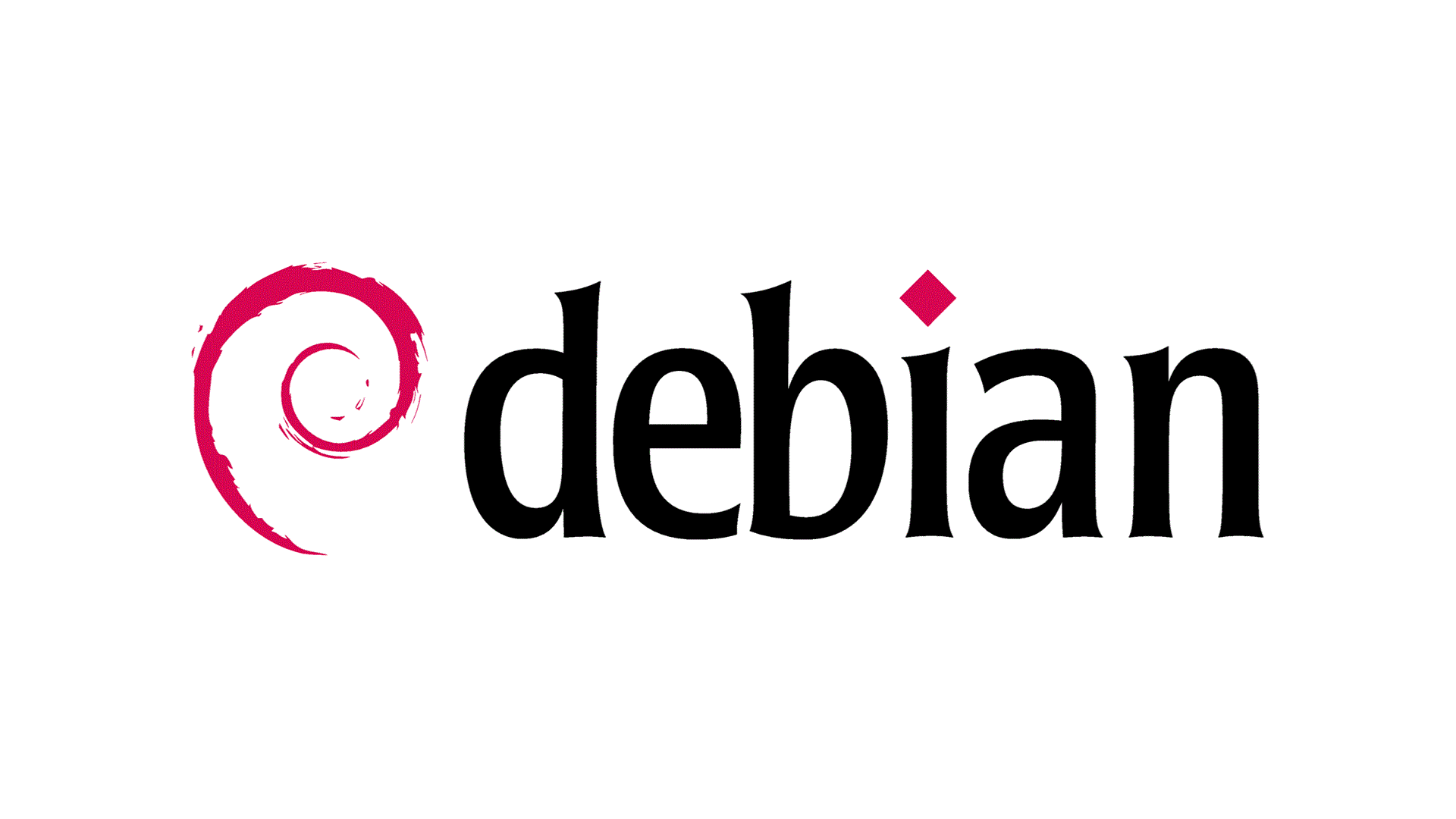axios入门——常用五种请求方法介绍(get、post、put、patch、delete)
axios的 get post putpatch delete请求
为方便起见,axios为所有支持的请求方法提供了别名params 是将与请求一起发送的 URL 参数,对应后台中的querydata 是作为请求主体被发送的数据,对应后台中的body
axios.request(config)
axios.get(url[, config]) // 只支持 params 传参
axios.delete(url[, config]) // 只支持 params传参
axios.head(url[, config]) // 只支持 params传参
axios.post(url[, data[, config]]) // 同时支持 data 和 params
axios.put(url[, data[, config]]) // 同时支持 data 和 params
axios.patch(url[, data[, config]]) // 同时支持 data 和 params注意
在使用别名方法时, url、method、data 这些属性都不必在配置中指定。
get:获取数据
post:提交数据(表单提交+文件上传)
put:更新数据(所有数据推送到后端)
patch:更新数据(只将更改的数据推送到后端)
delete:删除数据**
首先导入axios,导入代码:
import axios from 'axios'1. get方法
<script>
import axios from 'axios'
export default {
name: 'get请求',
components: {},
created() {
//写法一
axios.get('接口地址', {
params: {
id: 12,//请求参数
},
}).then(
(res) => {
//执行成功后代码处理
}
)
//写法二
axios({
method: 'get',//请求方法
params: {
id: 12,//请求参数
},
url: '后台接口地址',
}).then(res => {
//执行成功后代码处理
})
}
}
</script>注意:方法1,传入参数的时候,需要 { } 然后在里面传入 params 这个参数,一定要是params。
params会出现在请求头中的querry string parameters中,并且会出现在浏览器的地址栏中,即会拼接到url中。
2. post请求
post方式请求,参数有两种形式:
- form-data表单提交(图片上传,文件上传)
- application/json
1)application/json请求方式代码如下:
<script>
import axios from 'axios'
export default {
name: 'get请求',
components: {},
created() {
//写法一
let data={
id:12
}
axios.post('接口地址', {data}).then(
(res) => {
//执行成功后代码处理
}
)
//写法二
axios({
method: 'post',//请求方法
data: data,
url: '后台接口地址',
}).then(res => {
//执行成功后代码处理
})
}
}
</script>2)formData请求方式代码如下:
<script>
import axios from 'axios'
export default {
name: 'post请求',
components: {},
created() {
//写法一
let data = {
id:12
}
let formData = new formData()
for(let key in data){
fromData.append(key,data[key])
}
axios.post('接口地址', {fromData}).then(
(res) => {
//执行成功后代码处理
}
)
//写法二
axios({
method: 'post',//请求方法
data: fromData,
url: '后台接口地址',
}).then(res => {
//执行成功后代码处理
})
}
}
</script>post的请求头中会有一个content-type,该字段有两个值,一个为form-data,一般用于表单提交(文件上传,图片上传等等);另一个是application/json即,传递的是json数据。
3. put请求
<script>
import axios from 'axios'
export default {
name: 'get请求',
components: {},
created() {
//写法一
let data = {
id:12
}
axios.put('接口地址', {data}).then(
(res) => {
//执行成功后代码处理
}
)
//写法二
axios({
method: 'put',//请求方法
data: data,
url: '后台接口地址',
}).then(res => {
//执行成功后代码处理
})
}
}
</script>4. patch请求
<script>
import axios from 'axios'
export default {
name: 'get请求',
components: {},
created() {
//写法一
let data = {
id:12
}
axios.patch('接口地址', {data}).then(
(res) => {
//执行成功后代码处理
}
)
//写法二
axios({
method: 'patch',//请求方法
data: data,
url: '后台接口地址',
}).then(res => {
//执行成功后代码处理
})
}
}
</script>
5. delete请求
<script>
import axios from 'axios'
export default {
name: 'get请求',
components: {},
created() {
//写法一
let data = {
id:12
}
//url传递参数
axios.delete('接口地址', {
parmas:{
id:12
}
}).then(
(res) => {
//执行成功后代码处理
}
)
//post方式传递参数
axios.delete('接口地址', {
data:{
id:12
}
}).then(
(res) => {
//执行成功后代码处理
}
)
//写法二
axios({
method: 'patch',//请求方法
parmas:{
id:12
},
url: '后台接口地址',
}).then(res => {
//执行成功后代码处理
})
}
}
</script>put和patch的区别 axios中的put和patch有什么区别_冰雪为融的博客-CSDN博客_axios.patch
因为axios的post和get带参数的请求方法是不大一样的。
get带参数请求的axios封装
//项目房间新增与编辑
import axios from '../axios';
//运输服务配置
let path = '/deliverAlteration';
//新增与编辑
export const save = (data) => {
let url = (data.id) ? `${path}/` : `${path}/`;
let method = (data.id) ? 'PUT' : 'POST';
return axios({
url,
method,
data
});
};
//分页查询表格数据 未发货
export const getPageList = (params) => {
return axios({
url: `${path}/page`,
params
});
};
// /deliverAlteration/getPlan 不分页
export const getAllList = (params) => {
return axios({
url: `${path}/getPlan`,
params
});
};
//打印 生产计划表格 html
export const getPrintHtml = (params) => {
return axios({
url: '/deliverAlteration/printAlterationDeliver',
params
});
};
//删除
export const deleteTableItem = (data) => {
return axios({
url: `/camera/${data.id}`,
method: 'DELETE',
})
};
// 导出 发货计划变更记录
export const exportSendPlanChange = (params) => {
return axios({
url: `/deliverAlteration/exportAlterationDeliver`,
params,
responseType:'blob'
});
};
先引入方法
import {
getPageList,
} from "@/http/modules/sendPlanChange" //查询分页数据
queryTableDataByPage(pageNum) {
if(this.filters.startTime && this.filters.endTime ){
let tempDeliverStartDate = format(this.filters.startTime);
let tempDeliverEndDate = format(this.filters.endTime);
let tempStartDate = tempDeliverStartDate.substr(11, 8);
let tempEndDate = tempDeliverEndDate.substr(11, 8);
this.filters.startTime = tempDeliverStartDate.replace(tempStartDate, '00:00:00');
this.filters.endTime = tempDeliverEndDate.replace(tempEndDate, '23:59:59');
}else {
this.filters.startTime = "";
this.filters.endTime = "";
}
let params = {
pageNum,
pageSize:this.pageSize,
...this.filters
};
this.currentPage = pageNum;
this.tableLoading = true;
// console.log("params--", params),
getPageList(params).then(res => {
this.tableData=res.data.list;
this.total = res.data.total;
setTimeout(() => {
this.tableLoading = false;
}, 200);
}).catch(() => {
setTimeout(() => {
this.tableLoading = false;
}, 200);
})
},或者写个接口统一集成模块 api.js, 再把各个接口export出去
/* 接口统一集成模块 */
//首页 mock接口
import * as customer from './modules/customerManage';//客戶管理
import * as productManage from './modules/productManage';//产品管理
import * as contractManage from './modules/contractManage';//合同管理
import * as receivablesPlan from './modules/receivablesPlan';//回款计划
// 默认全部导出
export default {
customer,
productManage,
contractManage,
receivablesPlan,
}
通过this.$api.注册的接口(receivablesPlan).接口里的方法(getReceivablesPlan).then((res)=>{
this.tableData=res.data.list;
})
更多推荐
 已为社区贡献1条内容
已为社区贡献1条内容







所有评论(0)